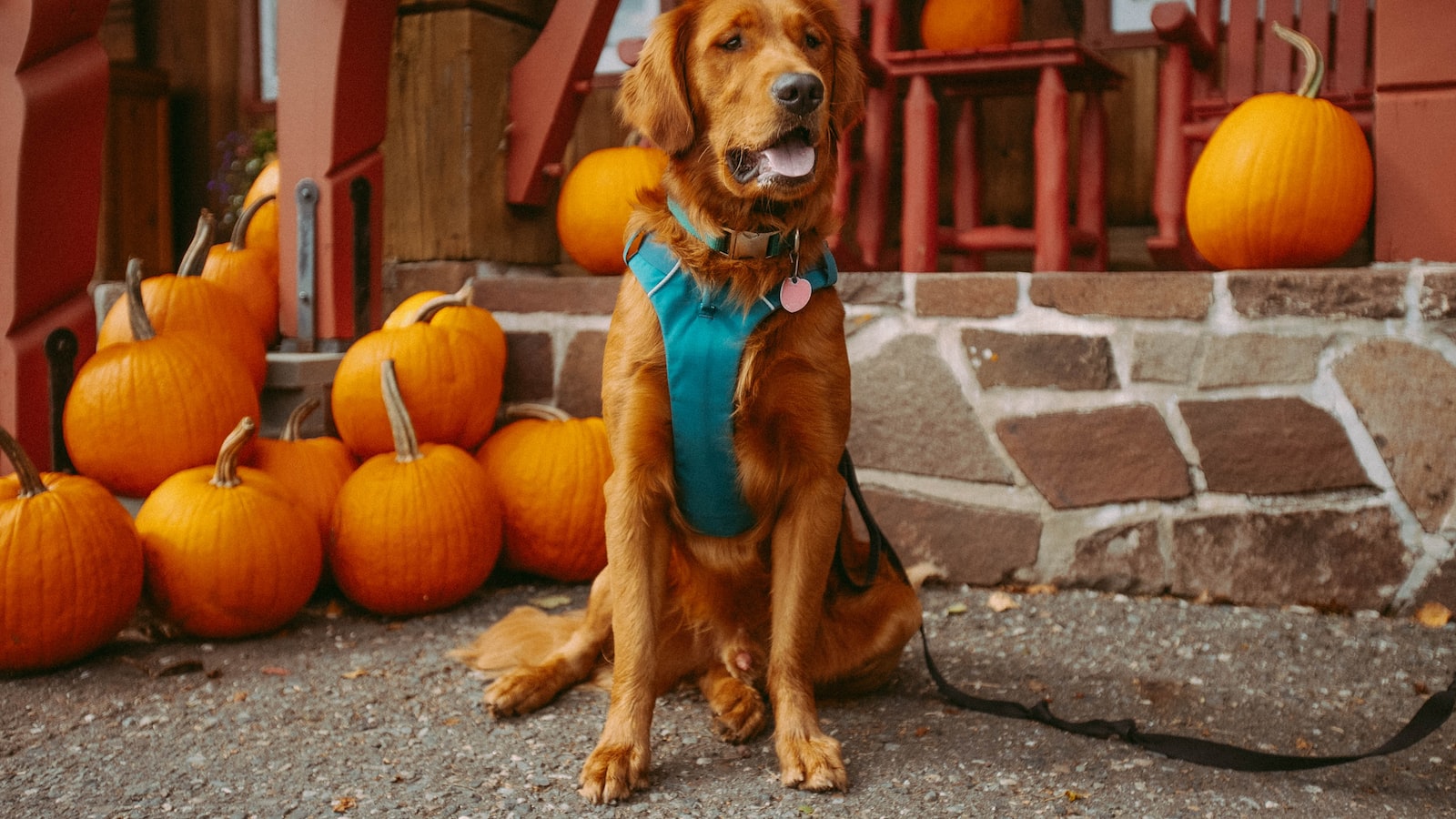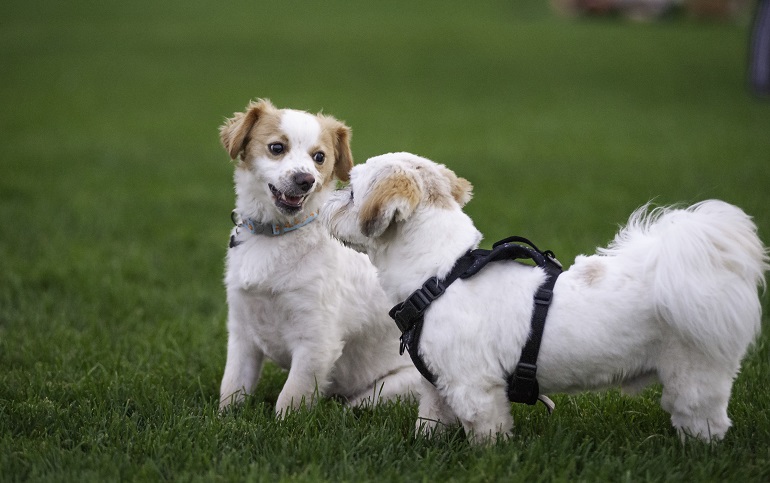Unleash the potential of your furry companion as we embark on a journey to nurture obedience and trust through the art of teaching basic commands. Just like the delicate brushstrokes of a skilled artist, building a strong foundation of obedience in your dog requires patience, consistency, and a touch of creativity. In this article, we will explore the secrets behind transforming your pup into a well-mannered and responsive companion, as we delve into the world of teaching basic commands. Join us as we unlock a realm of mutual understanding, forging an unbreakable bond that will elevate your relationship with man’s best friend to new heights. So, grab your leash, put on your training cap, and get ready to discover the power of building obedience and trust, one command at a time.
Building a Strong Foundation: Teaching Basic Commands for Improved Obedience and Trust
When it comes to building a strong and lasting bond with your furry companion, a solid foundation is key. By teaching your dog basic commands, you can establish clear communication and instill a sense of trust and obedience. Whether you’re starting from scratch with a new pup or refreshing the training of your longtime companion, mastering these essential commands will pave the way for a harmonious relationship.
To get started, it’s crucial to remember that consistency and patience are paramount. Dogs thrive on routines, so ensure your training sessions are regular and structured. Keep in mind that each dog is unique, so adapt the pace and duration of the training to suit their individual needs. Remember, this process is all about positive reinforcement and creating a safe space for learning. So let’s dive into the fundamental commands that will lay the groundwork for improved obedience and trust:
- Sit: Teaching your dog to sit is an essential command that sets the stage for other behaviors. Start by holding a treat above their nose, then slowly move it up and back, guiding their gaze upward. As their head tips back, their bottom will naturally lower into a seated position. Once they sit, praise and reward them. Practice this command multiple times a day in various environments to reinforce this behavior.
- Stay: This command teaches your dog self-control and helps to keep them safe in potentially dangerous situations. Begin with your dog in a seated position and with an open palm facing them, firmly say “stay” while taking a step back. If they remain in place, reward them immediately. Gradually increase the distance and duration of the stay. Ensure you use a release word, like “okay,” to signal the end of the stay command.
- Come: Teaching your dog to come when called is vital for their safety and your peace of mind. Start in a distraction-free environment and call your dog’s name followed by the command “come.” Use an excited and inviting tone to encourage their response. When they come to you, reward them with praise and treats. Gradually increase the distractions and distance to practice this command in real-life scenarios.
Remember, practicing these basic commands regularly will foster a strong foundation of obedience and trust. By establishing clear expectations and reinforcing positive behavior, you and your canine companion will enjoy a harmonious and fulfilling relationship for years to come.

Understanding the Importance of Basic Commands in Dog Training
When it comes to training our furry friends, basic commands play a crucial role in shaping their behavior and ensuring a harmonious relationship with their human companions. These commands not only provide structure and discipline, but also promote safety, enhance communication, and instill confidence in dogs. By mastering basic commands, your canine companion will become a well-rounded and obedient pet, eager to please and ready to respond.
One of the fundamental commands in dog training is “Sit” – a versatile command that helps establish control and prevents your dog from jumping on people or running off while you try to put the leash on. Through repetition and positive reinforcement, your dog’s comprehension of this command will improve, enabling you to gain their attention in various situations. Another important command is “Stay,” which teaches your dog self-control and ensures their safety in potentially hazardous situations like busy streets or around other animals during walks. The power of basic commands lies in their ability to establish trust, establish boundaries, and lay the foundation for more advanced training techniques.
- Basic commands provide structure, discipline and promote safety.
- Mastering basic commands enhances communication and instills confidence in dogs.
- “Sit” command establishes control and prevents unwanted behavior.
- “Stay” command teaches self-control and ensures safety in hazardous situations.
By dedicating time and effort to teach your dog basic commands such as “Sit,” “Stay,” and “Come,” you are setting the stage for a healthy and well-behaved pet. Remember, consistency and positive reinforcement are vital in the training process. With patience and perseverance, you will witness the incredible transformation of your furry friend into a true canine superstar.
Effective Techniques and Strategies for Teaching Basic Commands
Teaching dogs basic commands is not rocket science, but it does require creativity and patience. Here are some effective techniques and strategies that will help you master the art of teaching basic commands like a pro:
- Positive Reinforcement: When your furry friend successfully follows a command, reward them with treats, praise, or playtime. This positive reinforcement will make them associate good behavior with pleasure, encouraging them to repeat it.
- Clear and Consistent Communication: Use simple, one-word commands like “sit,” “stay,” or “come.” Ensure your voice tone is firm but not harsh. Consistency is crucial; use the same commands and gestures consistently, so your dog can understand what you expect from them.
- Break It Down: Dogs learn best when tasks are broken into smaller, manageable steps. Start by rewarding even the slightest progress towards completing a command and gradually increase your expectations. This way, your pup will stay engaged and motivated throughout the training process.
Visual Cues: Dogs are incredibly observant, so consider using visual cues alongside verbal commands. Pointing or gesturing in the direction you want your dog to go or the position you want them to stay in can enhance their understanding.
Remember, training sessions should be short and frequent. Always end on a positive note, celebrating your dog’s achievements. With dedication and these effective techniques, you’ll develop a strong bond with your four-legged friend while teaching them the basic commands they need to thrive.
Creating a Bond of Trust: Nurturing Obedience in Your Canine Companion
Building a strong and trusting relationship with your furry friend is the key to nurturing obedience in your canine companion. It takes time, patience, and consistency to create a bond that will foster a lifetime of good behavior. By following these simple yet effective techniques, you can establish a relationship built on trust and ensure your dog’s obedience.
1. Positive Reinforcement: Use rewards, such as treats or praise, to reinforce desired behaviors. When your dog follows a command or displays good behavior, reward them immediately to positively reinforce their actions.
2. Consistent Training: Develop a consistent training schedule that includes regular practice sessions. Dogs thrive on routine, so sticking to a set schedule will help them understand expectations and reinforce their obedience.
3. Clear Communication: Dogs rely heavily on body language and tone of voice. Use consistent verbal cues and clear gestures when giving commands, ensuring your canine companion understands your expectations.
4. Socialization: Expose your dog to different environments, people, and other animals from an early age. This will help them develop confidence, adaptability, and better obedience skills in various situations.
5. Exercise and Mental Stimulation: Regular physical exercise and mental stimulation are essential for a well-behaved dog. Provide your canine companion with plenty of opportunities to release their energy and engage in activities that challenge their mind.
Wrapping Up
As we conclude our journey into teaching basic commands to your beloved furry companion, we hope you feel inspired and empowered to embark on this remarkable adventure of building obedience and trust. Remember, teaching your dog is not just about instilling rules and enforcing boundaries; it’s a heartfelt journey towards strengthening the bond that you both share.
As you progress through the different stages of training, always remain patient and understanding. Your dog is an intelligent and sensitive creature, eager to please and longing for your approval. Approach each lesson with kindness and positivity, and you’ll witness the wondrous transformation that lies within your loyal friend.
No two dogs are the same, so tailor your methods to suit their unique needs. Celebrate even the smallest triumphs and do not be deterred by setbacks, for every stumble is an opportunity to learn and grow together. Trust, after all, is a priceless gift that flourishes when nurtured with love and patience.
In this unpredictable world, where rules are constantly changing and communication is often obscured, your dog will blossom into a beacon of unwavering trust and obedience. Through steadfast guidance and unwavering commitment, your furry companion will develop into a paragon of good behavior, a shining example of what can be achieved through mutual respect.
So, gather your determination, and set forth on this journey of teaching basic commands to your dog. Let your steadfast dedication pave the way to a deeper connection, a profound understanding, and a bond that will stand the test of time. Together, you will create a harmonious partnership, built on the foundations of trust and obedience, that will enrich both your lives in ways unimaginable.
Farewell, dear reader, as you embark on this extraordinary quest to transform your furry friend into an epitome of obedience and trust. May your path be filled with laughter, tail wags, and the joy of an unbreakable bond. Happy training!
Teaching Basic Commands to Your Dog: Building Obedience and Trust
Teaching basic commands to your dog is an important part of creating a strong bond between you and your pup. Dogs are easy to train and can learn basic commands quickly once they understand what is expected of them. Training basic commands is an important part of building your dog’s obedience and teaching them how to be comfortable and trust you as their master.
The first step in teaching your dog basic commands is to establish your authority as their owner. The key to successful training is to be consistent in your expectations. When issuing a command, do so confidently and decisively. Don’t raise your voice, but be firm in your instructions. Speak in a deep, authoritative tone and be sure your pup understands that you are the alpha.
Once your pup understands that you are in charge, it’s time to begin teaching basic commands. Start with simple commands and build complexity as your pup progresses. Some basic commands you can teach include “sit,” “stay,” “lie down,” “come,” and “heel.” It’s important to remember that each command should have a designated hand signal. Pups often respond better to hand signals for particular commands.
When teaching commands, give your pup plenty of positive reinforcement when they get it right. Use praise and treats as rewards and provide a loving environment in which your pup feels comfortable and secure. Some pups may take longer to learn than others so don’t be discouraged if your pup doesn’t seem to understand right away. Be patient and consistent, always reinforcing the commands until your pup has them mastered.
Training your pup basic commands will strengthen your bond and bring a sense of security and trust. Through diligent practice and positive reinforcement, you can teach your pup to become an obedient and well-behaved companion. Empowering your pup with basic commands will help ensure a lifetime of trusting relationships.





